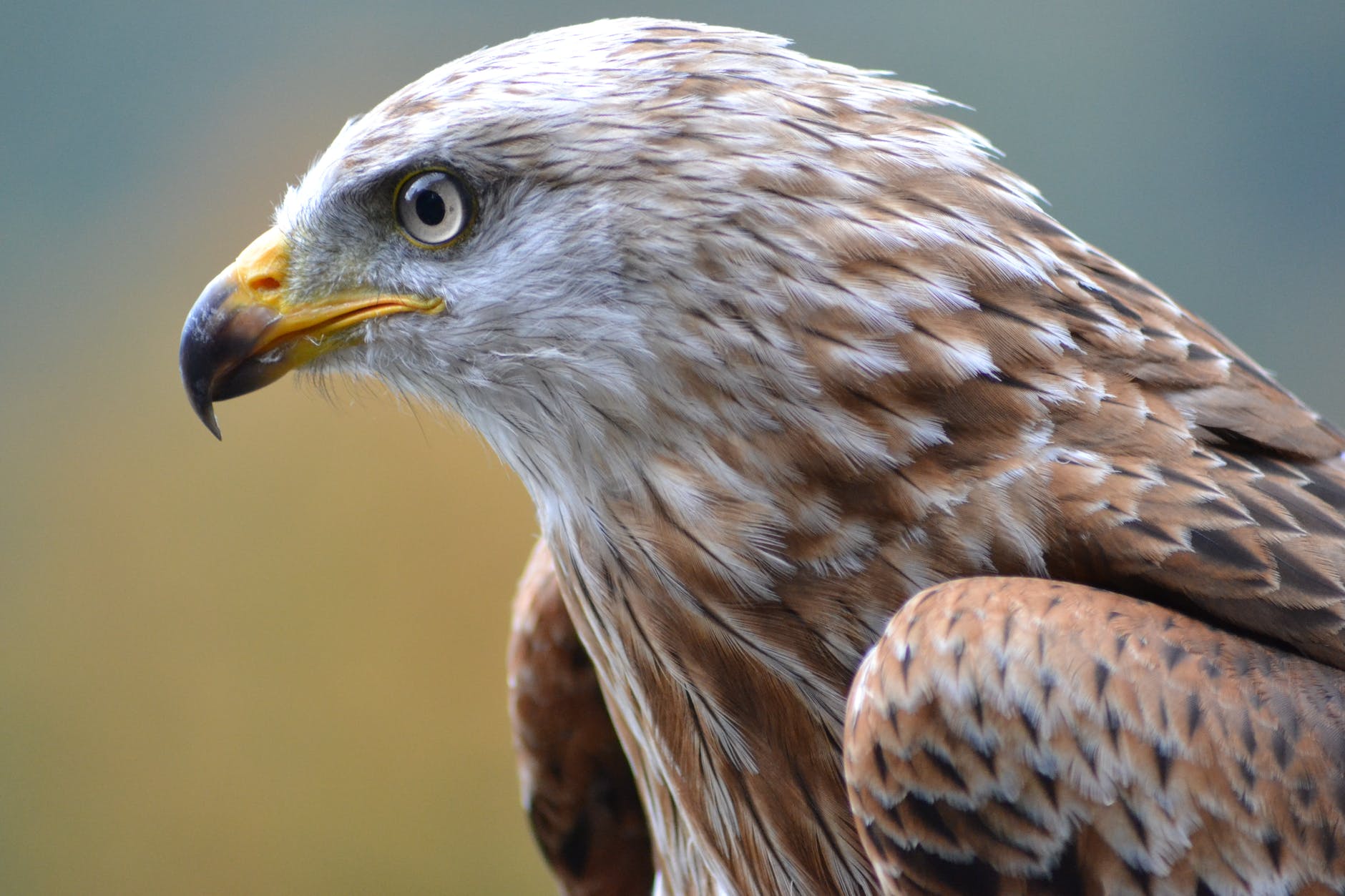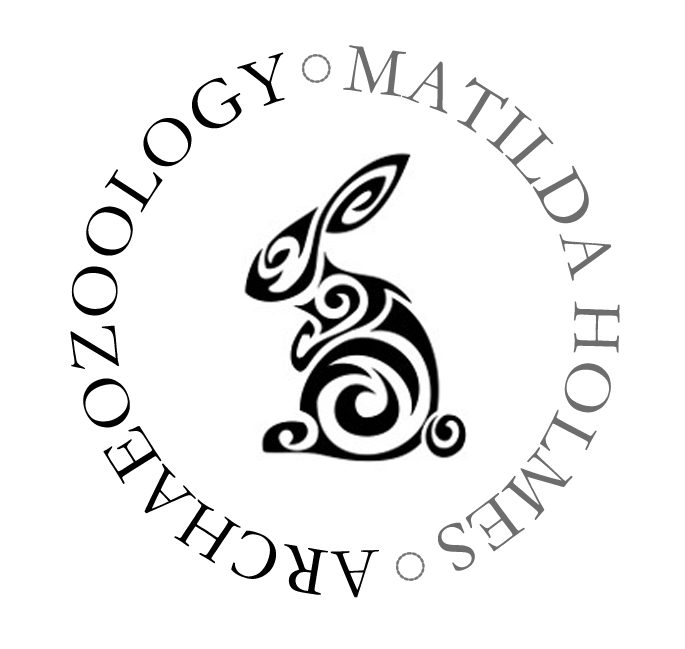Past Research and Current Projects

Commercial Zooarchaeology Book
Animal remains are one of the largest groups of finds expected to be recovered from many archaeological excavations. They provide vital information regarding diet, environment, social status and economy, as well as less obvious areas such as site formation processes, the nature of the site itself, perceptions of animals and the wider cosmology of those living in the past. It is the commercial zooarchaeologist’s role to tread a line between systematic data collection and analysis, and the presentation of the results in a manner that brings the findings to life, interpreting the remains to better understand human-animal-landscape-settlement relationships. Commercial zooarchaeologists have to be knowledgeable not just about methods relating to zooarchaeology, but also the major themes relating to archaeology in general, specific to each timescale they work within; potentially ranging from the palaeolithic to modern periods. This book aims to showcase the crucial work that professional zooarchaeologists undertake. Incorporating the experiences of specialists from around the world, the challenges and benefits of working within archaeological units and on a freelance basis is discussed, highlighting the value of working with archaeologists in the commercial and academic sectors to provide an in-depth and global understanding of zooarchaeology in context.
FeedSax
Between the 8th and 13th centuries, the population of England soared to unprecedented levels. This could not have happened without a corresponding boom in agriculture, especially in arable farming. In this context, early medieval England witnessed a golden age of cereal farming – but when, where and how were the crucial developments achieved in a pre-industrial era?
Feeding Anglo-Saxon England (FeedSax for short) is an ERC-funded archaeological research project designed to address these age-old questions by applying a suite of bioarchaeological techniques for the first time.
The analysis of pathologies in cattle limb bones will elucidate the spread of the mouldboard plough, while analysis of stable isotopes in sheep will establish whether they were grazed mostly on arable. More information on the project can be found at https://feedsax.arch.ox.ac.uk/


Eagles
Eagle finds are rare, but by considering those that have been recorded on a contextual level, by period and site type, some distinct patterns in the use and perceptions of these wonderful creatures have been defined.
Research into the beliefs surrounding eagles produced repeated cross-cultural, deep-time trends that provided insights into the attitudes held by past populations towards the birds that shared their landscapes.
